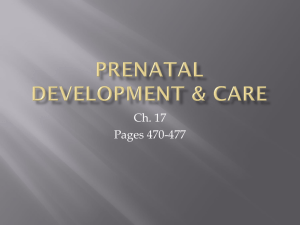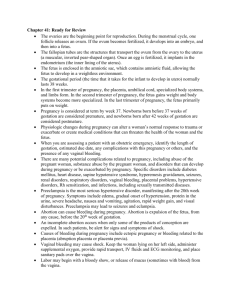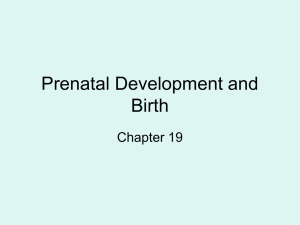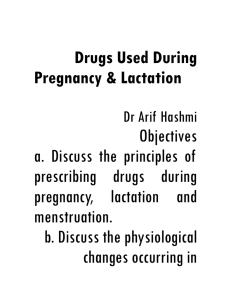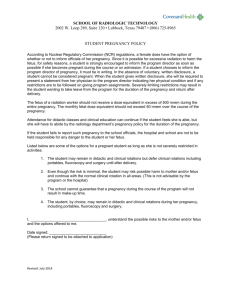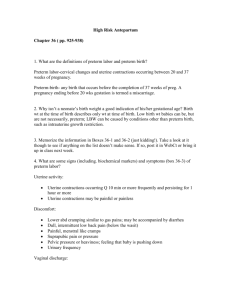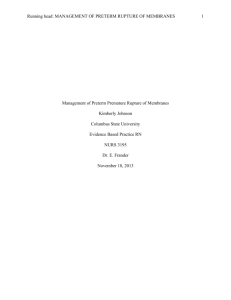Trimester Complications
advertisement
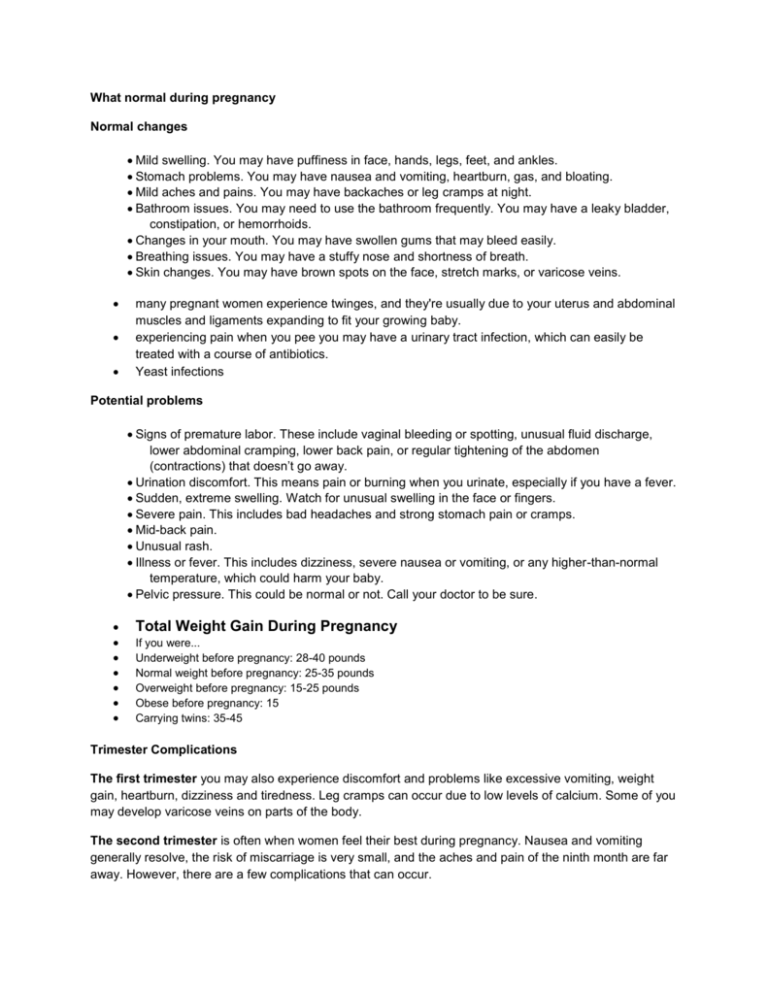
What normal during pregnancy Normal changes Mild swelling. You may have puffiness in face, hands, legs, feet, and ankles. Stomach problems. You may have nausea and vomiting, heartburn, gas, and bloating. Mild aches and pains. You may have backaches or leg cramps at night. Bathroom issues. You may need to use the bathroom frequently. You may have a leaky bladder, constipation, or hemorrhoids. Changes in your mouth. You may have swollen gums that may bleed easily. Breathing issues. You may have a stuffy nose and shortness of breath. Skin changes. You may have brown spots on the face, stretch marks, or varicose veins. many pregnant women experience twinges, and they're usually due to your uterus and abdominal muscles and ligaments expanding to fit your growing baby. experiencing pain when you pee you may have a urinary tract infection, which can easily be treated with a course of antibiotics. Yeast infections Potential problems Signs of premature labor. These include vaginal bleeding or spotting, unusual fluid discharge, lower abdominal cramping, lower back pain, or regular tightening of the abdomen (contractions) that doesn’t go away. Urination discomfort. This means pain or burning when you urinate, especially if you have a fever. Sudden, extreme swelling. Watch for unusual swelling in the face or fingers. Severe pain. This includes bad headaches and strong stomach pain or cramps. Mid-back pain. Unusual rash. Illness or fever. This includes dizziness, severe nausea or vomiting, or any higher-than-normal temperature, which could harm your baby. Pelvic pressure. This could be normal or not. Call your doctor to be sure. Total Weight Gain During Pregnancy If you were... Underweight before pregnancy: 28-40 pounds Normal weight before pregnancy: 25-35 pounds Overweight before pregnancy: 15-25 pounds Obese before pregnancy: 15 Carrying twins: 35-45 Trimester Complications The first trimester you may also experience discomfort and problems like excessive vomiting, weight gain, heartburn, dizziness and tiredness. Leg cramps can occur due to low levels of calcium. Some of you may develop varicose veins on parts of the body. The second trimester is often when women feel their best during pregnancy. Nausea and vomiting generally resolve, the risk of miscarriage is very small, and the aches and pain of the ninth month are far away. However, there are a few complications that can occur. Bleeding:miscarriage- it can occur and bleeding is the most common sign. Other causes of bleeding in the second trimester include problems with the placenta, such as placenta previa (placenta covering the cervix), abruption (placenta separating from the uterus), and premature labor. Preterm labour: When labor occurs before the ninth month or 37th week of pregnancy, it is considered "preterm". Preterm labor is more common in women with a previous preterm birth, with twin pregnancies (or multiple pregnancies), with excess amniotic fluid, or with infection of the amniotic membranes or amniotic fluid. Preterm Premature Rupture of membranes (PPROM):Rupture of membranes is a normal part of giving birth. It is another way of saying "your water broke." While it is normal for the sac to break during labor, if it happens too early it can cause serious problems for your baby. This is called preterm premature rupture of membranes. Although the cause of PPROM is not clear, it is thought that infection of the amniotic membranes is an underlying problem in many cases. Cervical Incompetence: This is an uncommon but serious cause of miscarriage and preterm delivery in the second trimester, the cervix begins to open and thin long before the ninth month, and the cervix is not able to withstand the pressure of the growing uterus. The opening and thinning cervix eventually leads to rupture of membranes and delivery of a very premature fetus. Because this most often occurs around 20 weeks of pregnancy, it is uncommon to save the pregnancy, since the fetus is too premature to survive outside the womb. Preeclampsia: Preeclampsia affects every system in the body, including the placenta, which is responsible for providing the baby with nutrients. Thirst trimester Gestational Diabetes: Gestational diabetes occurs because the hormonal changes of pregnancy make it more difficult for your body to effectively use insulin. When insulin cannot do its job of lowering blood sugar to normal levels, the result is abnormally high glucose (blood sugar) levels. Most women have no symptoms. While this condition is usually not dangerous for the mother, it poses several problems for the fetus. Specifically, macrosomia (excessive growth) of the fetus can increase the likelihood of cesarean delivery and the risk of birth injuries. When glucose levels are well controlled, macrosomia is less likely. Preeclampsia: Preterm Labor:When labor occurs before the 37th week of pregnancy (before the ninth month), it is considered "preterm." Preterm Premature Rupture of Membranes (PPROM) Placenta Previa :Placenta previa is the abnormal implantation of the placenta over the cervical opening (cervical os). The exact cause of this condition is not understood, but it is more common in women who have had a previous cesarean delivery or previous uterine surgery. Other predisposing factors include large placentas and smoking. This condition is serious because of the risk of bleeding before or during delivery. This can be life-threatening to both the mother and baby. Placental Abruption : Placental abruption is a condition in which the placenta separates from the uterus prior to labor. Placental abruption can result in fetal death and can cause serious bleeding and shock in the mother. Post term pregnancy: is a concern is for the fetus. The placenta is an organ that is designed to work for about 40 weeks. It provides oxygen and nutrition for the growing fetus. After 41 weeks of pregnancy, the placenta is less likely to work well, and this may result in decreased amniotic fluid around the fetus (oligohydramnios). This condition can cause compression of the umbilical cord and decrease oxygen supply to the fetus. This may be reflected on the fetal heart monitor in a pattern called late decelerations. There is a risk of sudden fetal death when the pregnancy is post-term. Malpresentation (Breech, Transverse Lie): In about 3% of pregnancies, the fetus will be bottom or feet first, known as breech presentation.
